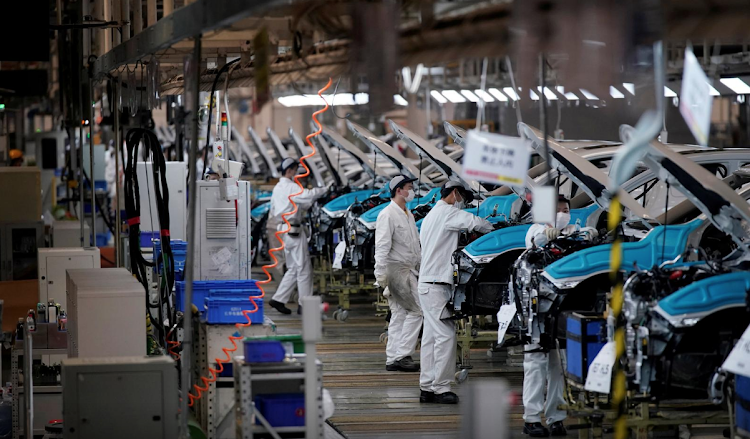
It is still under construction – many months away from completion – but Kenya’s capital expressway, which is being constructed by the Chinese, is already a marvel.
Its towering pillars, erected at various sections along Mombasa-Nairobi Road, are attractive to motorists, commuters and pedestrians, many of whom can not wait to use the road when it is complete.
Sections of the Nairobi-Mombasa Road have been blocked to allow smooth construction of the highway, causing some inconveniences to motorists.
But residents are braving the traffic jams knowing that it is just a matter of time before they are a thing of the past. The road is expected to be completed sometime next year, according to the Ministry of Transport, Infrastructure, Housing, Urban Development and Public Works of Kenya.
One counts over 20 massive pillars that have been erected at various sections to hold the road being built by China Road and Bridge Corporation (CRBC).
The edifices give one a mental picture of how the 27.1 km road that would connect Jomo Kenyatta International Airport to the city center would look like.
“I don’t mind sitting in traffic jams for longer now because of the road construction. It is a matter of time before the jams disappear,” Jeff Sunguti, a banker who lives in Mlolongo, along Mombasa-Nairobi Road, and drives every day to and from the city center, said.
Sunguti, as many other Kenyans, is excited that the east African nation, will have an aerial road – suspended on pillars for kilometers.
James Macharia,Cabinet Secretary of Ministry of Transport, Infrastructure, Housing, Urban Development and Public Works of Kenya, during a recent inspection tour noted that the road is already about 15 percent complete as the contractor fast-track the work.
It is Chinese road construction technology at its best, with workers that include both from China and Kenya doing the job day and night. More than 1,800 local youths have been employed by the contractor. During the construction, eco-friendly measures have been taken to reduce noise and dust pollution, and discharge sewage properly, according to the CRBC.
The road project, dubbed Nairobi Expressway, will comprise both a four-lane and six-lane dual carriageway with 10 interchanges.
“It will considerably ease traffic flow and reduce travel time through Nairobi,” said Macharia.
“This project is an integral part of our transport system and overall infrastructure development. It is a boost to the airport and the railway,” he added.
The CRBC has been granted a concession to build, operate and transfer the project to the Kenyan government after 30 years, according to the Kenya National Highways Authority director-general Peter Mundinia.
This is not the first time Kenyans are experiencing Chinese road technology. Between 2009 and 2012, three Chinese firms namely China Wu Yi, Sinohydro and Shengli Engineering built the eight lane Thika superhighway, which introduced Kenyans to the Asian nation’s building technology.
While Chinese firms have built other roads in Kenya, including bypasses, the Nairobi Expressway is capturing the imagination of citizens just as much as the Thika superhighway did a decade ago as it takes shape.
The road will cut travel time from the south to the west of the city from about two hours during peak time to around 20 minutes.
Xinhua News Agency
 Africa -China Review Africa -China Cooperation and Transformation
Africa -China Review Africa -China Cooperation and Transformation
